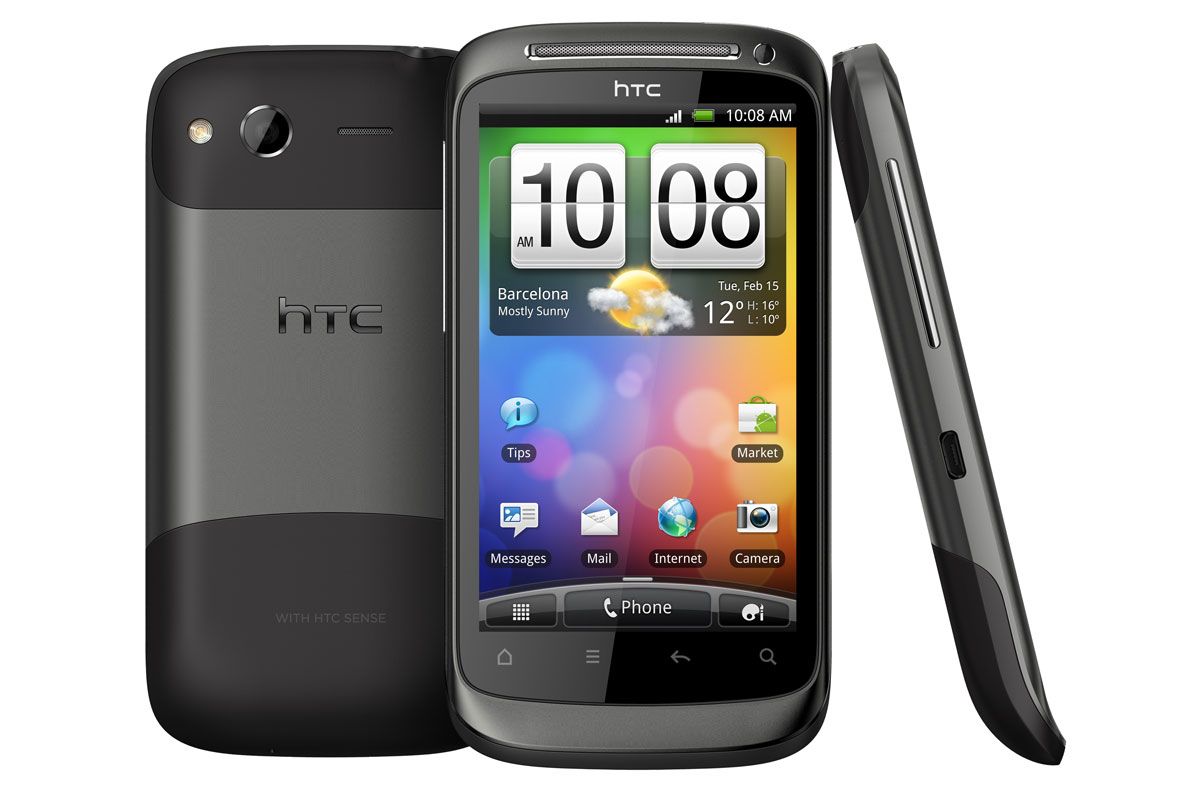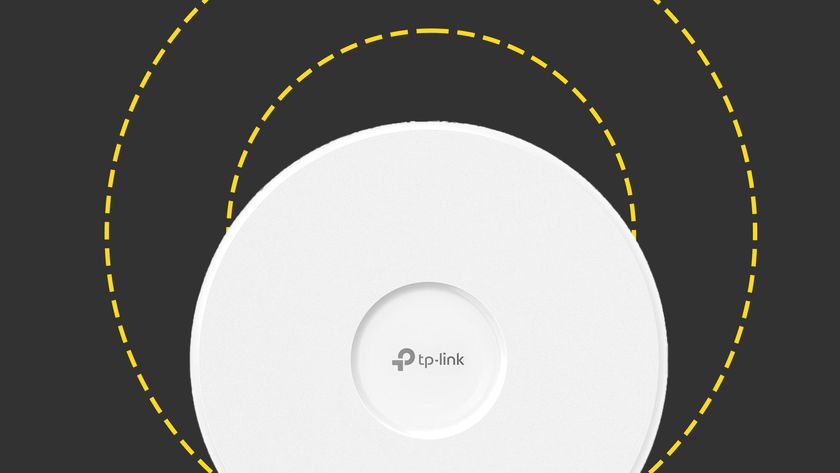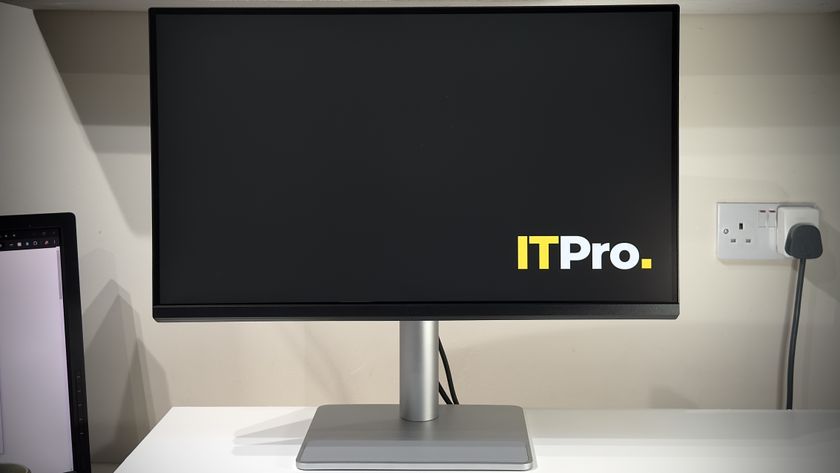HTC has bumped up the Desire S's wireless connections to 14.4Mbps HSDPA 3G and Wi-Fi 802.11n. Getting the faster 3G speeds will be greatly dependent on your mobile network's capabilities and your location. 802.11n Wi-Fi connections should be more reliable than a 802.11g connection as long as you're connected to a 802.11n router. It should be faster too for tasks such as DLNA video streaming and file transfers, but will make little difference for web surfing.
Interestingly, we found the wireless connections to be a little temperamental, occasionally dropping a few bars when it shouldn't. We're not sure why this is, but it could be due to a widely reported.death-grip' issue where holding the phone in a certain way can adversely affect wireless reception.
The Desire S has a 5-megapixel shooter with LED flash and auto focus round back and a 0.3 megapixel front-facing camera for video calling. We used the Fring app to test video calling which worked well enough. We would strongly advise you to save your video calling for when you're connected to a Wi-Fi network for the best-looking results though.
We've already covered the new features in Android 2.3. As expected, HTC has layered its Sense user interface over Android and it is a pleasure to use as always. A couple of useful additions include the recent apps switcher and controls for all the wireless connections in the standard Notifications drawer.
The addition of HTC Sense cloud service now means that you can locate your phone when if you misplace it, back up your phone's important data to the cloud and even remote wipe it. Setup is easy and it is an invaluable tool in the event that you should misplace your smartphone. It's a good substitute if you don't have access to an Exchange server and its own remote security abilities.














